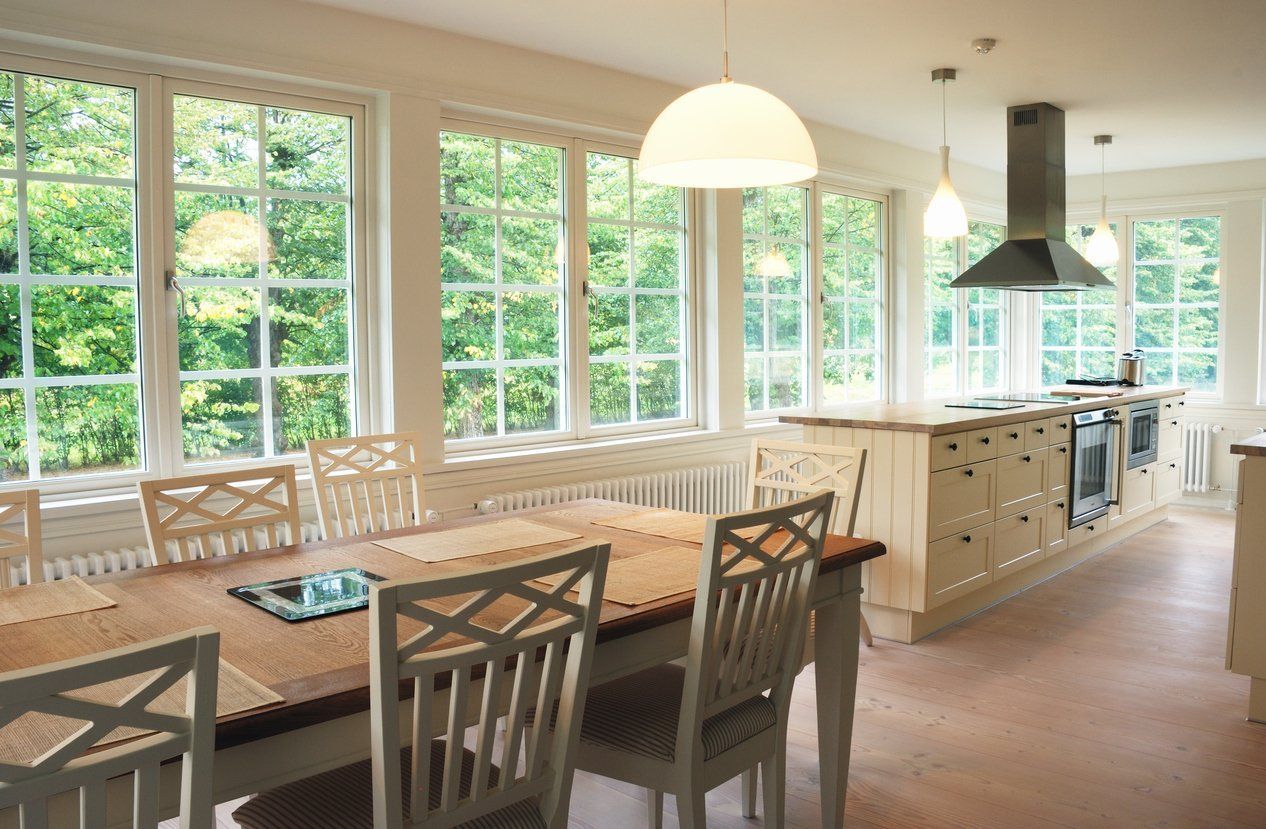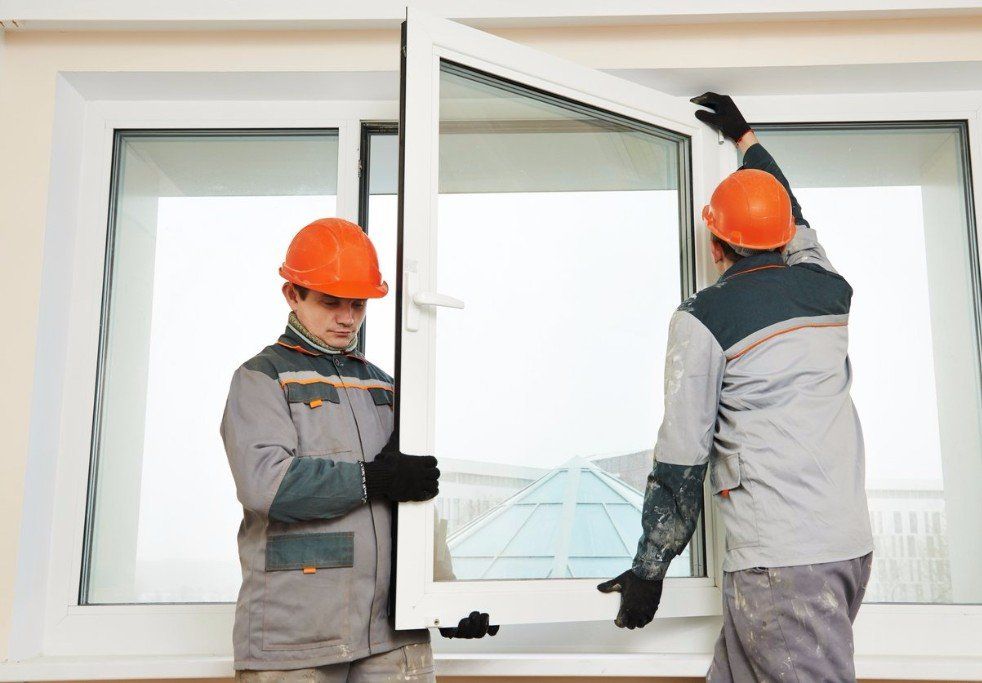Single-Hung v. Double-Hung Windows
New Windows 101: A Comprehensive Guide for Homeowners
Choosing the right windows for your home is a significant decision that impacts aesthetics, functionality, and energy efficiency. Among the most popular styles are single-hung and double-hung windows. While they may appear similar, their operational differences are crucial for homeowners to understand. This guide will provide a detailed comparison to help you determine which option best suits your needs.
What Are Single-Hung Windows?
A single-hung window consists of two sashes, but only the bottom sash is operable. The bottom sash moves vertically up and down, while the top sash remains stationary. This is a classic window design that has been used in homes for many years.
What Are Double-Hung Windows?
A double-hung window also features two sashes, but both the bottom and top sashes are operable. The bottom sash slides up, and the top sash can be lowered. This dual functionality offers enhanced versatility in ventilation and cleaning.
Comparing Key Factors:
1. Ventilation & Airflow
- Single-Hung: Provides adequate ventilation through the bottom opening. However, airflow is limited to this single point of entry.
- Double-Hung: Offers superior ventilation control. By opening the top and bottom sashes simultaneously, you can create a natural convection current that efficiently circulates air throughout a room. This feature is particularly beneficial for homes in warmer climates or for rooms that require consistent fresh air, such as kitchens and bathrooms.
2. Maintenance & Cleaning
- Single-Hung: Cleaning the exterior of a single-hung window can be challenging, especially on upper floors. Accessing the outside of the fixed top sash often requires going outside, potentially using a ladder.
- Double-Hung: Modern double-hung windows are designed with tilt-in sashes. This feature allows both the top and bottom sashes to be tilted inward, enabling you to clean both sides of the glass safely and easily from inside your home. This is a significant advantage for multi-story homes.
3. Cost & Installation
- Single-Hung: Due to their simpler design with fewer moving components, single-hung windows are typically more affordable to purchase and install. For homeowners on a strict budget, this can be a decisive factor.
- Double-Hung: The additional mechanical parts required for two operable sashes make double-hung windows a more expensive option. However, many homeowners find the added cost is justified by the enhanced functionality and convenience.
4. Energy Efficiency
Both single-hung and double-hung windows can be highly energy-efficient when properly manufactured and installed. The key is to look for features such as:
- High-quality frame materials (e.g., vinyl, fiberglass, wood)
- Double or triple-pane glass
- Low-E (low-emissivity) coatings
- Gas fills (like argon or krypton) between panes
Historically, single-hung windows were considered slightly more airtight due to having only one moving sash, which meant fewer potential points for air leakage. However, advancements in modern window engineering have made high-quality double-hung windows just as effective at preventing air infiltration.
Reach Out for Quality Replacement Windows & More!
The decision between single-hung and double-hung windows requires careful consideration of multiple factors, including ventilation needs, maintenance preferences, budget constraints, and long-term performance expectations. Single-hung windows offer reliable, cost-effective performance with traditional appeal, while double-hung windows provide enhanced functionality, superior ventilation control, and convenient maintenance features.
By thoroughly evaluating these characteristics against your specific home requirements, you can select the window style that will deliver optimal performance, comfort, and value for your property investment. If you’re eager to learn more, consult with the team at Tomson Window for additional guidance. We’re proud to serve homeowners throughout Buffalo, NY and the surrounding communities.








